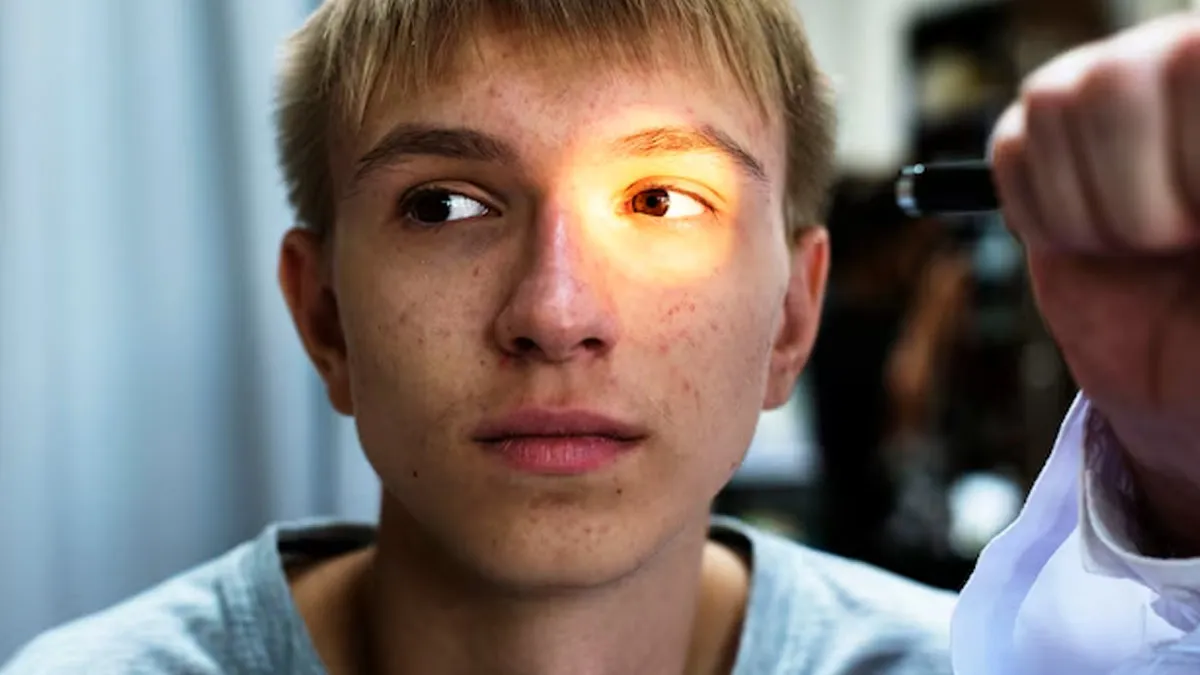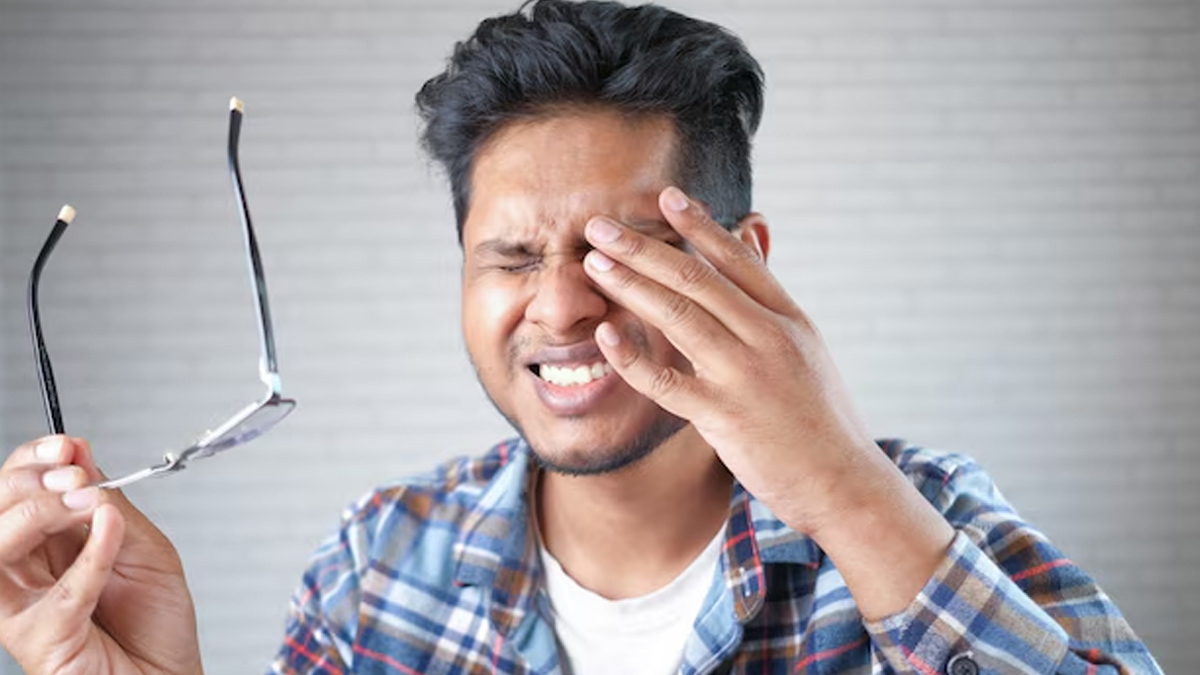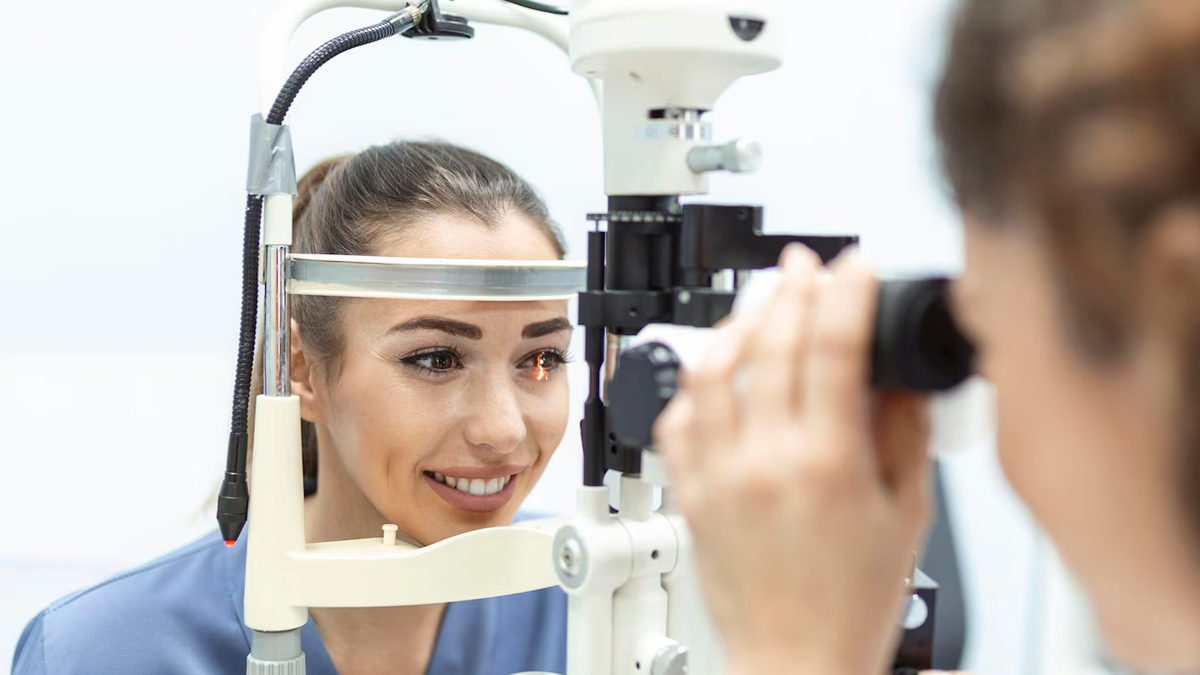
Glaucoma is one of the leading causes of vision impairment and blindness, with a prevalence of 70.7 lakh people globally, according to the World Health Organization (WHO). Glaucoma is an eye disease that causes damage to the eye’s optic nerve. It usually occurs when excess fluid builds up in the front part of your eye, increasing pressure in the eye.
Table of Content:-
While older age is a common risk factor for glaucoma, it can also affect young people, an aspect that is often overlooked and unexplored.
This World Glaucoma Week 2025, the OnlyMyHealth team spoke to Dr Malleswari Medikonda, Glaucoma Consultant, Sankara Eye Hospital, Guntur, to understand the prevalence of glaucoma in young people and what all needs to be kept in mind.
Also Read: Glaucoma To Ocular Infections: Warning Signs And Management Tips Of Eye Diseases You Should Know
Older Adults More At Risk Of Glaucoma, But It Isn’t Just A Disease Of Old Age

Although glaucoma often affects the elderly, they are not the only ones vulnerable to this condition, said Dr Medikonda, adding that there are many factors that can cause glaucoma in the young age. Common risk factors include:
- Genetics
- Myopia
- Injury to the eye
- Eye allergy, which may require steroid use.
Young people, including kids, may develop a type of glaucoma known as juvenile open-angle glaucoma, which often progresses without symptoms, according to Dr Medikonda. This is why it is important that people of all ages undergo regular eye check-ups.
Understand Early-Onset Glaucoma

Early-onset glaucoma refers to glaucoma that is diagnosed before age 40. While rare, it can be serious, often with a strong genetic component, and can include Juvenile Open-Angle Glaucoma (JOAG) or Primary Congenital Glaucoma (PCG).
According to the American Academy of Ophthalmology (AAO), open-angle glaucoma is the most common type of glaucoma, which occurs when the eye does not drain fluid as well as it should, leading to increased eye pressure and causing damage to the optic nerve. This type of glaucoma is painless and causes no vision changes at first.
Dr Medikonda shared that genetics play a huge part in the development of early-onset glaucoma. “People with a history of family members with the disease are more likely to develop the disease at a younger age than people with no family history. Mutations within certain genes, including MYOC and OPTN, have been associated with juvenile and primary open-angle glaucoma.”
In addition to this, habits such as steroid use without a doctor's prescription increase the risk of developing this childhood glaucoma.
Also Read: How Age-Related Vision Changes Affect Men: What To Expect In Your 40s and Beyond
Early Signs Of Glaucoma In Young People
Some of the symptoms associated with glaucoma in young people include:
- Blurred vision
- Eye pain or pressure
- Frequent headaches
- Halos around lights
- Difficulty adjusting to darkness
Some forms of glaucoma, such as the open-angle type, develop without any significant symptoms until part of one's vision starts getting lost. Sudden changes in visual perceptions without any explanation require an immediate eye check-up, as does a family history suggesting a susceptibility to glaucoma.
Treatment Options And Preventive Measures

According to Dr Medikonda, there are many advancements, especially in the field of Artificial Intelligence (AI) and data integration into medical sciences, that are helping with earlier and correct diagnosis of the condition. He noted that these advancements facilitate early identification of glaucoma by analysing retinal images and clinical data, leading to personalised treatment plans.
Traditional glaucoma treatment focuses on lowering eye pressure to prevent further optic nerve damage, with options including eye drops, laser procedures, and surgery.
Prevention of glaucoma involves regular eye exams and a healthy lifestyle, including a balanced diet, regular exercise, wearing protective eyewear, and stress management.
Conclusion
Glaucoma is more common in older adults. However, it can also affect young people. Therefore, necessary measures should be taken if one suspects glaucoma. From getting regular eye exams to maintaining a healthy lifestyle, many steps come into play to prevent the onset of glaucoma, especially in young people with a family history or genetic predisposition to the condition. Consult an ophthalmologist in case of any persistent symptoms associated with the eye.
Also watch this video
How we keep this article up to date:
We work with experts and keep a close eye on the latest in health and wellness. Whenever there is a new research or helpful information, we update our articles with accurate and useful advice.
Current Version